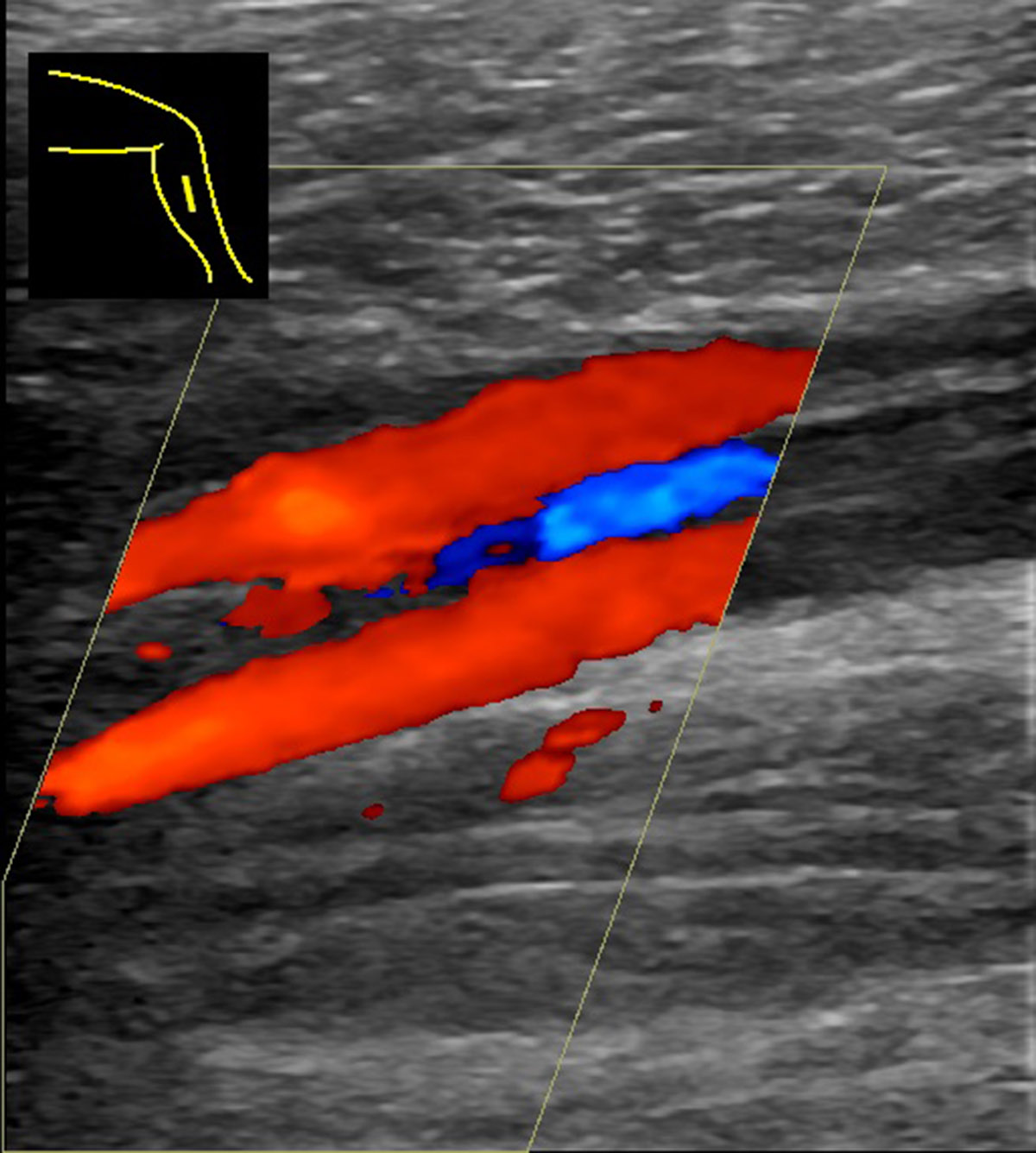
Overview
The largest and the strongest tendon in our bodies is the one that is located at the back of the lower part of the leg and which connect the heel bone to the calf muscles. It is medically referred to as the Achilles tendon and it bears a lot of force and the pressure from the body weight constantly, especially in the case of the professional sportsmen who use them a lot (the bicycle riders, the soccer players, etc.). However, this tendon can be severely hurt, that is, totally ruptured, and very frequent are the moderate and mild types of the injury of this tendon, when only the strain happens. In the cases of the rupture, the leg can’t be moved at all, while in the case of the strain, and only the regeneration of the muscular fibers is enough.
The procedure
The injury needs the treatment and the rehabilitation whichever the extent of the strain is present, but, when it comes to the ruptured Achilles tendon, the surgical procedure is the most effective and, in fact, the only recommendable option. Nevertheless, the problem could be solved surgically either by making the one single cut, or more small ones. The first one mentioned carries the lower risk of some nervous damage. And, as far as the both of the procedures are concerned, the tendon is simply connected and that spot is ensured with the surgical threads. Of course, the surgery can be performed only after the swelling is treated and lessened.
The period of the recovery and rehabilitation includes wearing a cast, in order to restrain the patient from the movements that could be harmful for the injury, and this process lasts about two months. The first period of wearing the cast is marked by the foot kept in the position as wanting to walk on the toes, and after that, the cast is gradually been changed in order to make more natural position of the foot, and thus, the less of the stretching of the Achilles tendon. Additionally, even within the period of wearing the cast as the support, the patient should commence the carefully planned program of the mild stretching physical therapy.
When it comes to how risky for the health the surgical procedure on this tendon is, the most common complication is the infectious process on the surface of the skin where the cut is made, the mentioned disruption in the functioning of the nearby nerves, the limited movement of the foot and leg, the somewhat weaker tendon than before the procedure, and the other complications associated with anaesthetics.


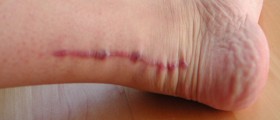





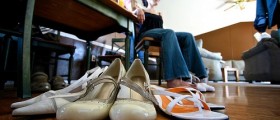
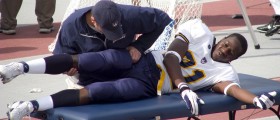
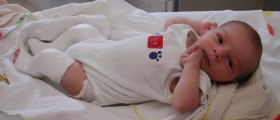




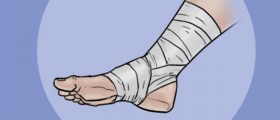

Your thoughts on this
Loading...